The purpose of this post is two-fold – to feature some interesting blackbird behavior and to demonstrate why I always shoot in RAW instead of JPEG.
These images, taken in June of 2008, are some of my earliest bird photographs and my inexperience shows but I’ll get into that later. I found this adult male Yellow-headed Blackbird at Farmington Bay and he was in fine form as he performed his incessant and raucous display.
In Spring males of the species display almost constantly for a variety of reasons and the behavior is complex and varied. In fact 13 different displays have been identified by behaviorists.
This bird kept his eye on me through the process but didn’t let my presence interfere with his performance in the least.
It’s almost like they can’t help themselves. You can tell the display is coming because their body begins to spasm (for lack of a better word), a few choked notes come out and then the full display plays out as if it is programmed and cannot be interrupted.
This is the posture they often (though not always) end up in. Then they typically look around for a few seconds before it begins all over again, with variations. It’s fascinating to watch and to listen to, although after a while I’ll admit that the discordant call can eventually become monotonous.
For the first few months I was photographing birds I was shooting in JPEG instead of Raw and these images are examples of that shortsightedness on my part. My heart literally sinks whenever I run across some of those early JPEG images that I want to use. For me, processing them is a nightmare because my options without the RAW editor are more limited and my skills are now attuned to editing in RAW. And it’s ironic that my early JPEG images (taken before I knew much of anything about photography) were often exposed poorly so they need the processing power available in RAW even more than my later shots do.
If you hadn’t picked up on it before, notice the color variations in the backgrounds of these images. Those colors should be consistent but due to my mediocre exposure and my lack of processing skills in JPEG they are not. There are other issues with these images as well that I could have better corrected in the RAW editor.
I’m not trying to start the RAW vs. JPEG war all over again. Some folks shoot in JPEG and swear by it and that’s fine. All I’m saying is that I sure wish I hadn’t waited so long to switch over. And whenever novice photographers ask me about the subject, my advice is always the same – start shooting RAW now. The longer you wait the more you’re likely to regret it.
Ron


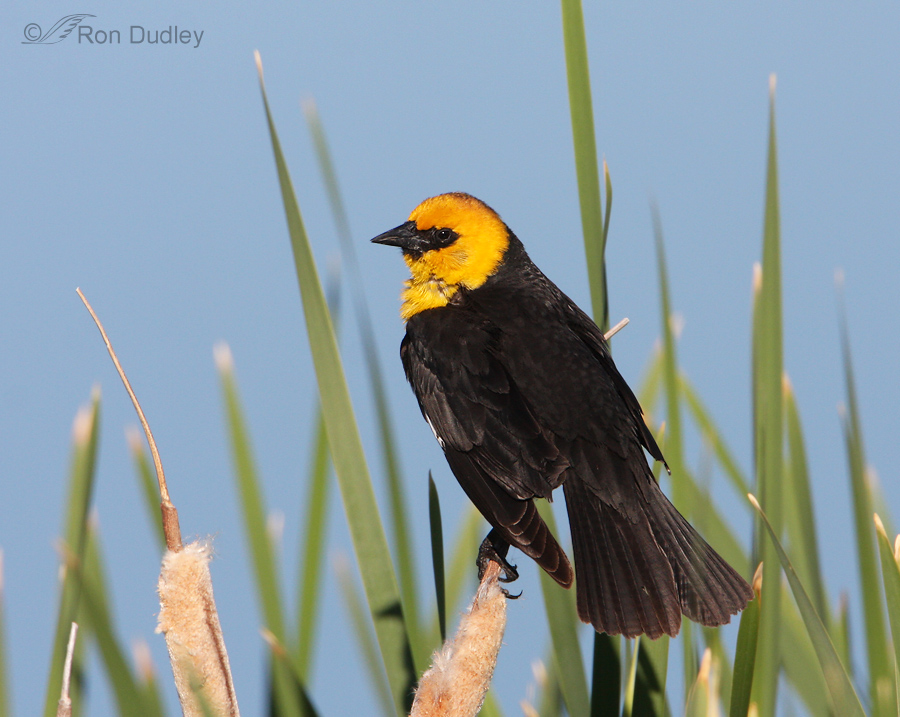
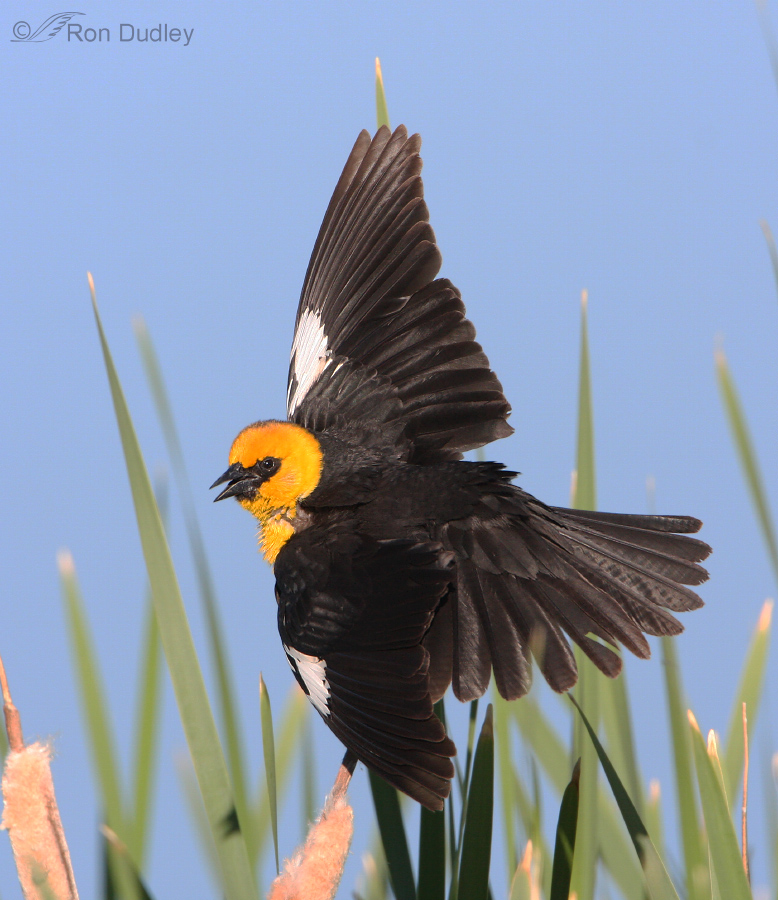
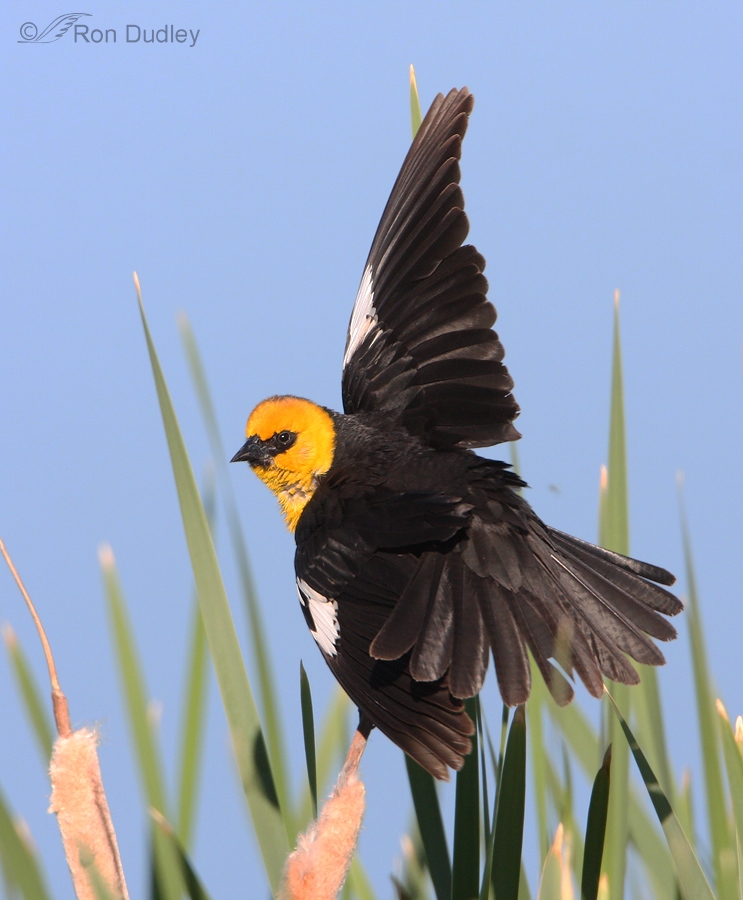
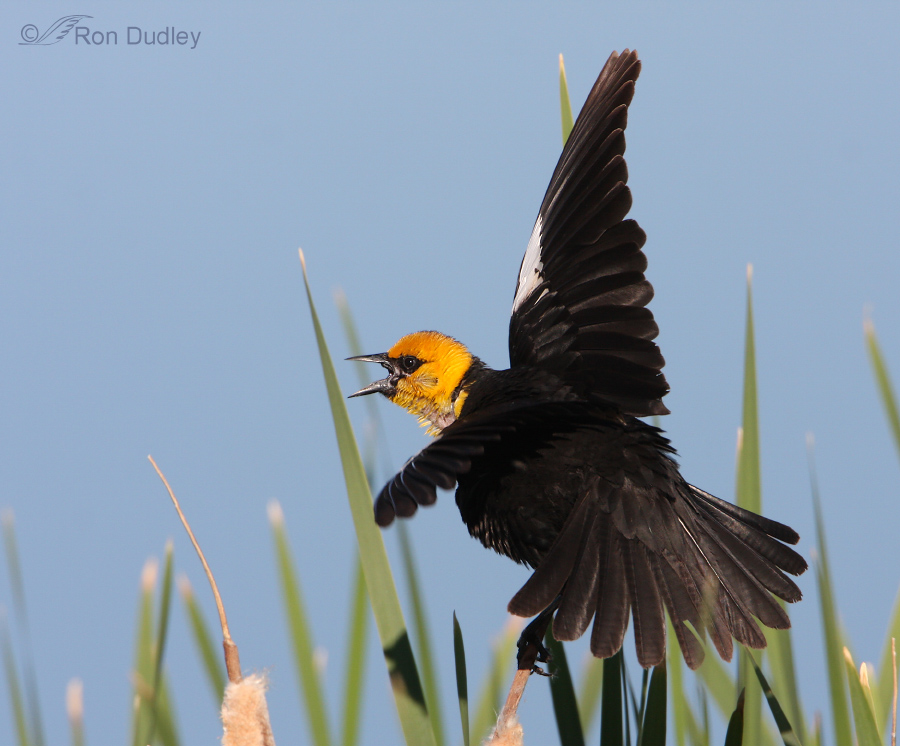
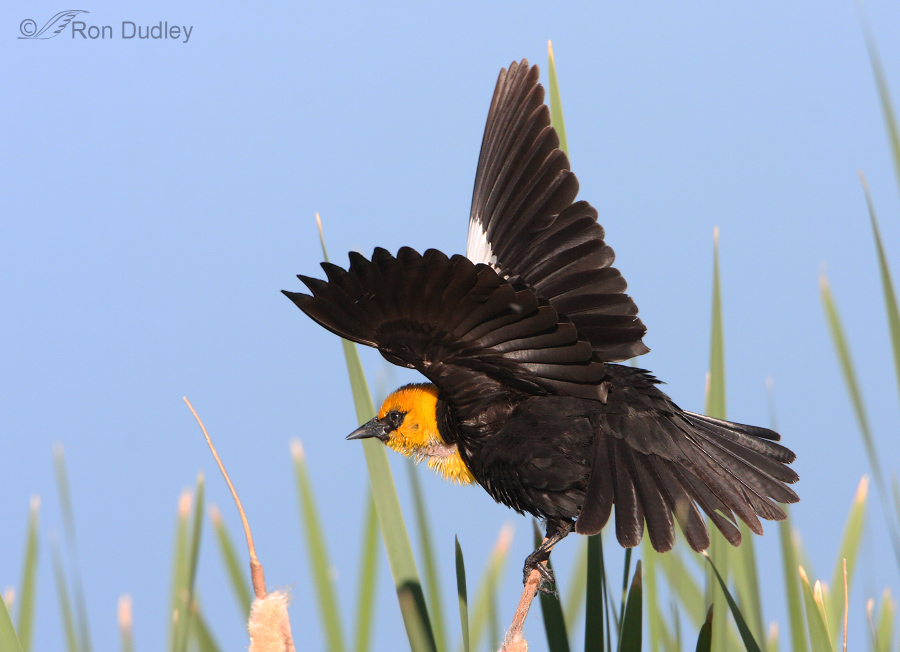
Knowing what this post was about helped me to experienced some of the differences between these photos and most of your later ones. Since I only use a point & shoot and don’t do fancy editing, I think I’ll never be a candidate for raw photography, but I do appreciate the results you get from shooting raw. Negatives aside, I really like these photos, for the show of a behavior I don’t expect to see.
Just flipped the switch. As they say, “procrastinate later”.
I love the rich colors in these beautiful , raucous birds…they really dance a very fine fandango…I can almost hear the castanets! He knows he’s a handsome dude…muy guapo!!!!
Thank you – for the education (again) and the beauty (ditto).
ok…you convinced me to start shooting in raw. Will it overload my hard drive, I have over 7000 photos on my PC at the
moment and this is after I went through them?
Also, silly question but do you shoot in manual mode?
Tom, There’s no question that RAW files are very large compared to jpeg but these days external drives are cheap and storage shouldn’t really be an issue. Just be sure to back everything up regularly. I shoot in aperture priority.
Thanks Ron, I will.
Do these males always have a patch of naked skin along the side of the neck?
Pam, you only see that neck skin when they’re displaying but yes, it’s normal. It also makes photographing them in mid-display a bit of a challenge because often that skin patch is quite unattractive.
dear Ron … as always, beauty whether RAW or JPG!
I wonder whether you offer any of your photos for purchase?
I adore the Sandhill Crane series that appears in your header slideshow.
Please feel free to email me off blog with your reply.
Yours sincerely,
dawna Foreman
San Francisco
Thank you, Dawna. Email sent.
Ron – great shots of the Yellow-headed – was fortunate last fall to come on a flock of about a hundred – it was magnificent. I think I read here that you use Lightroom. How is your experience with it? I am thinking of switching up from Elements.
Thanks
Mark
Mark, no I don’t use Lightroom. I use Photoshop CS6 for processing and Elements for my organizer.
I use Lightroom, and am very happy with it. It’s practically the only processing software I use, and it excels at managing and organizing photos as well.
I’m so glad that Adobe has not forced it into the “cloud”.
As I began digital photography just over a year ago, the best advice I received (and actually followed!) was to shoot in RAW. I didn’t fully understand all the reasons at the time, but it was a happy decision.
We only rarely see Yellow-headed Blackbirds here during the winter. So far this year, none. 🙁
Thanks, Wally. I remember the trauma as I was trying to make the decision about switching over. That made me put it off even longer…
My vote is for Raw always. Been shooting that way for years. Still don’t get the quality of photos that you produce each and every day!!
Agreed, Ellen. RAW is the way to go for me also.